



One of the things that we needed to do on board the River Cruise was learn safety. In case of emergency, we all had a station to go to...and no, it was not the BAR....haha
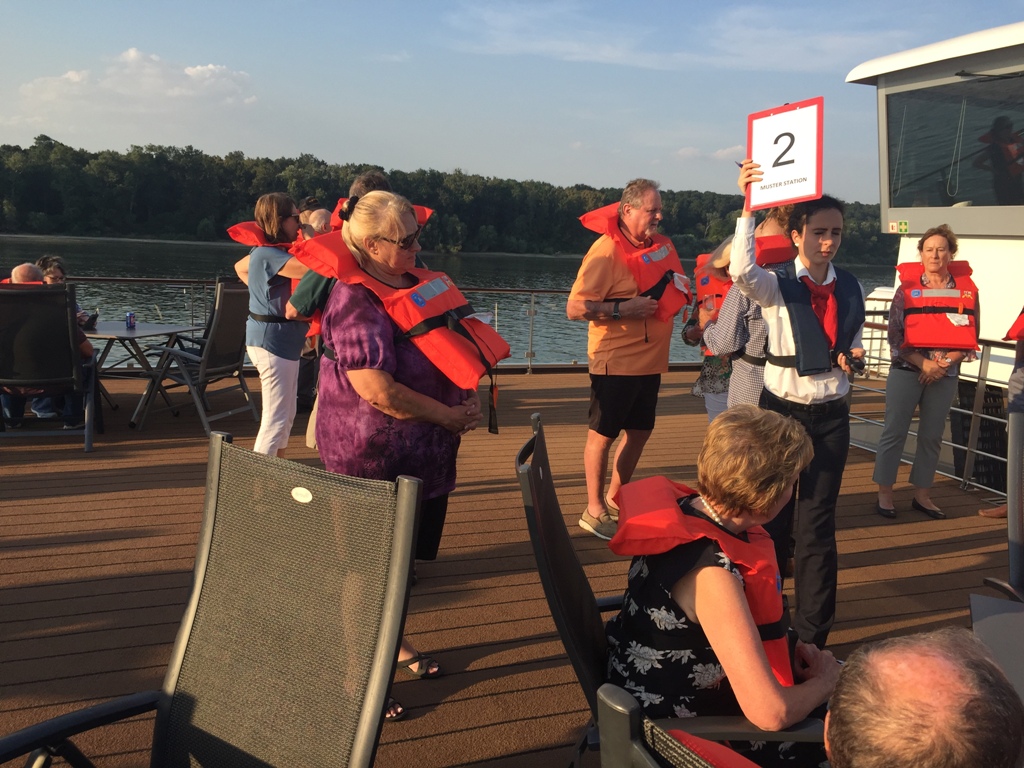
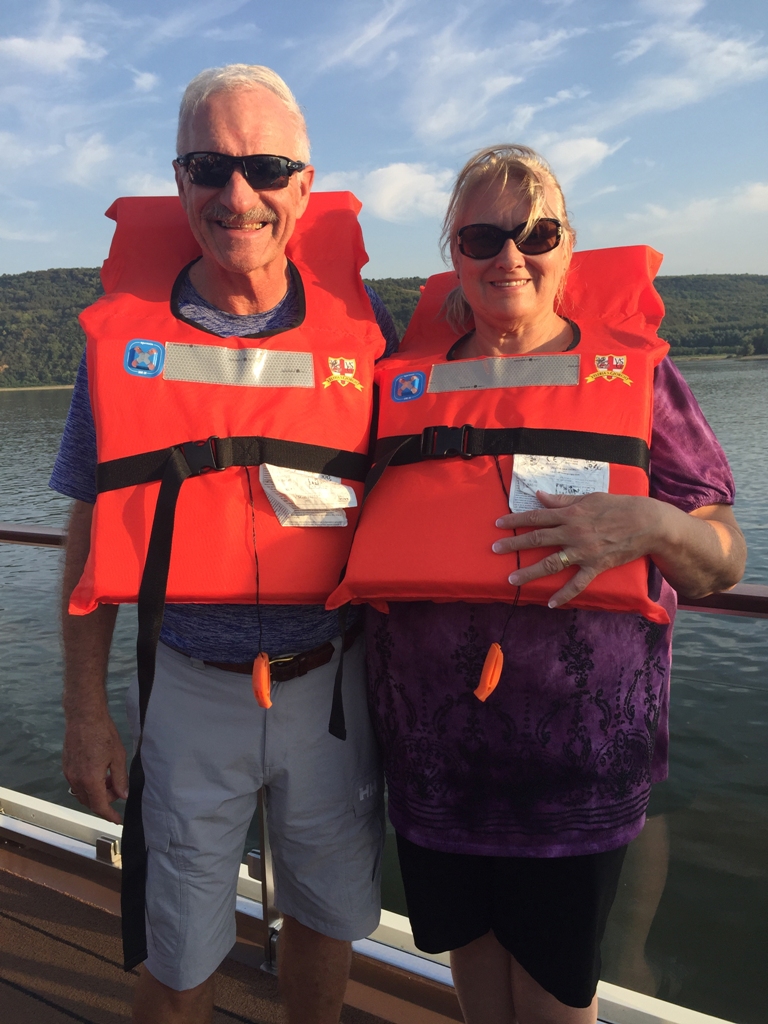
This was Communist type construction. So that everyone on the balcony was visible
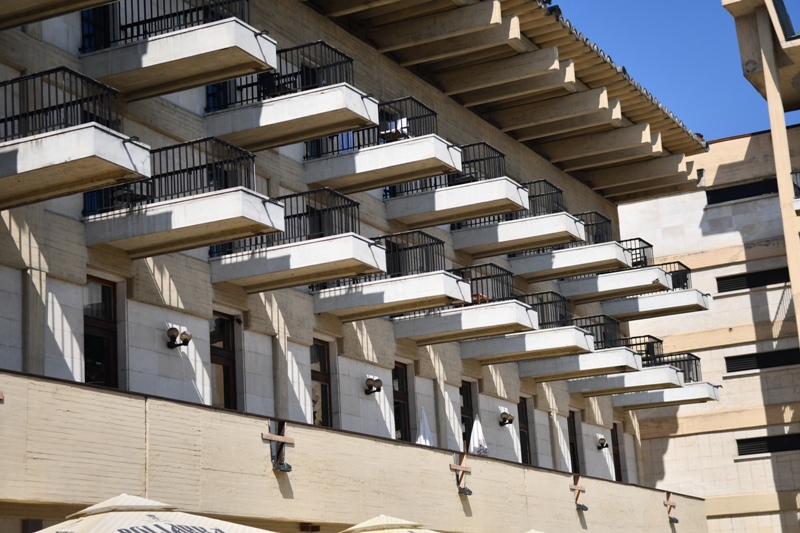
The Assenev Brothers monument is dedicated to the Asen brothers who liberated Bulgaria from the Byzantines-a towering obelisk flanked by horses
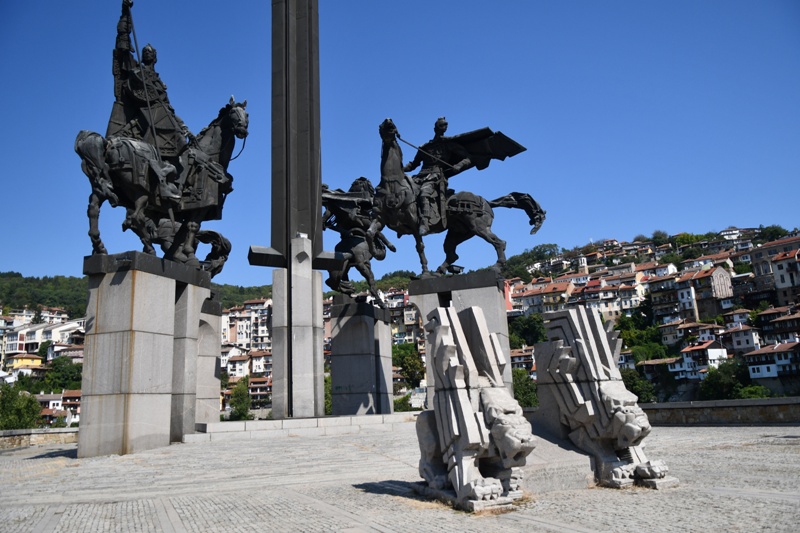
Our restaurant was just across all this green valley
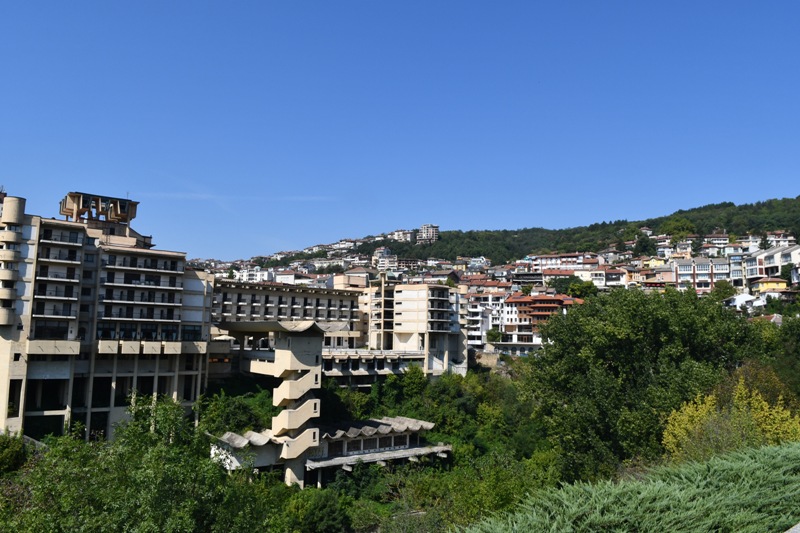
I crossed a bridge to get to the statue and get a picture of the restaurant
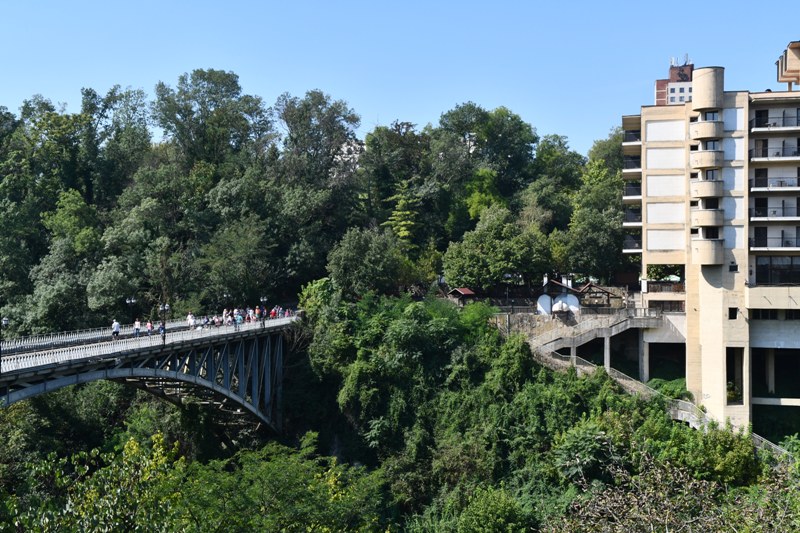
We were going to visit this church high in the mountains...yes, of course I went up there. A few pictures to follow show what it was like.
This is Tsarevets Castle in Arbanasi, it is a medieval stronghold located on a hill with the same name in Veliko Tarnovo in northern Bulgaria. It has three entrances. The main entrance is located in the easternmost side of the hill. The castle complex is located in the centre, surrounded by an internal stone wall, two battle towers and two entrances - north and south. It consists of a throne hall, castle church and the king's chamber. The restoration of the fortress Tsarevets began in 1930 and was completed in 1981 in honour of the 1300 anniversary from the establishment of the Bulgarian state. Kings Petar, Asen, Kaloyan and Ivan Asen the second lived there.
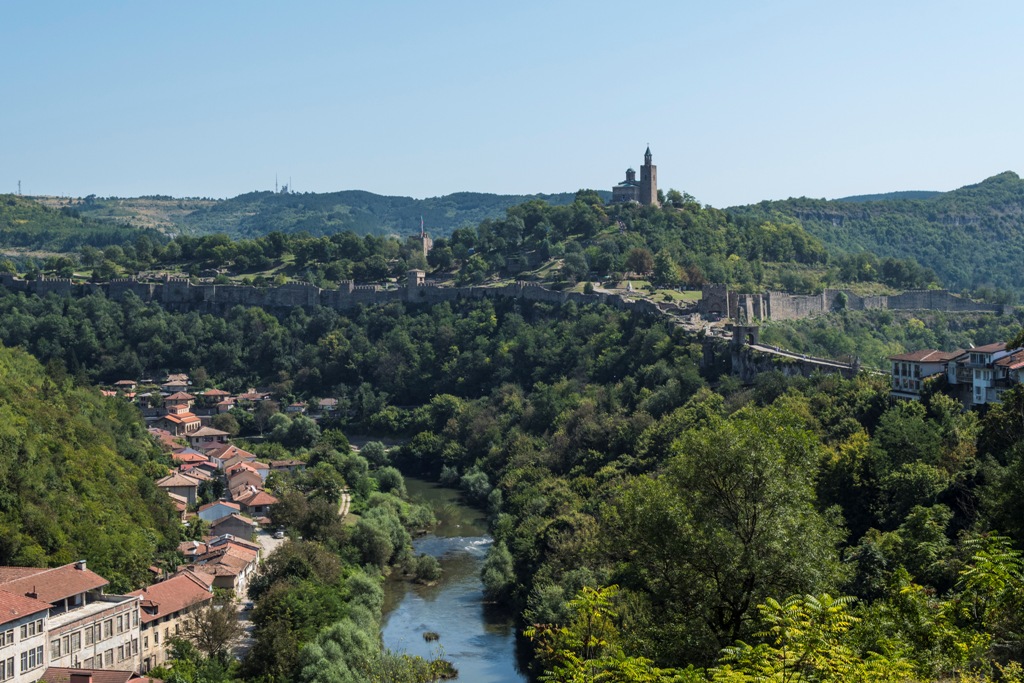
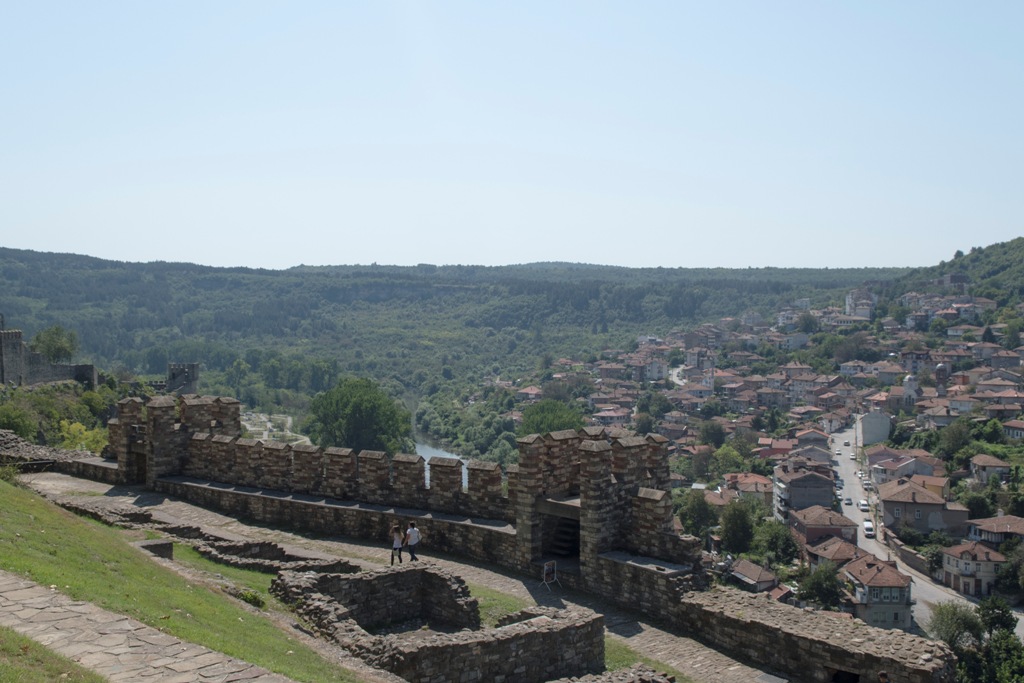
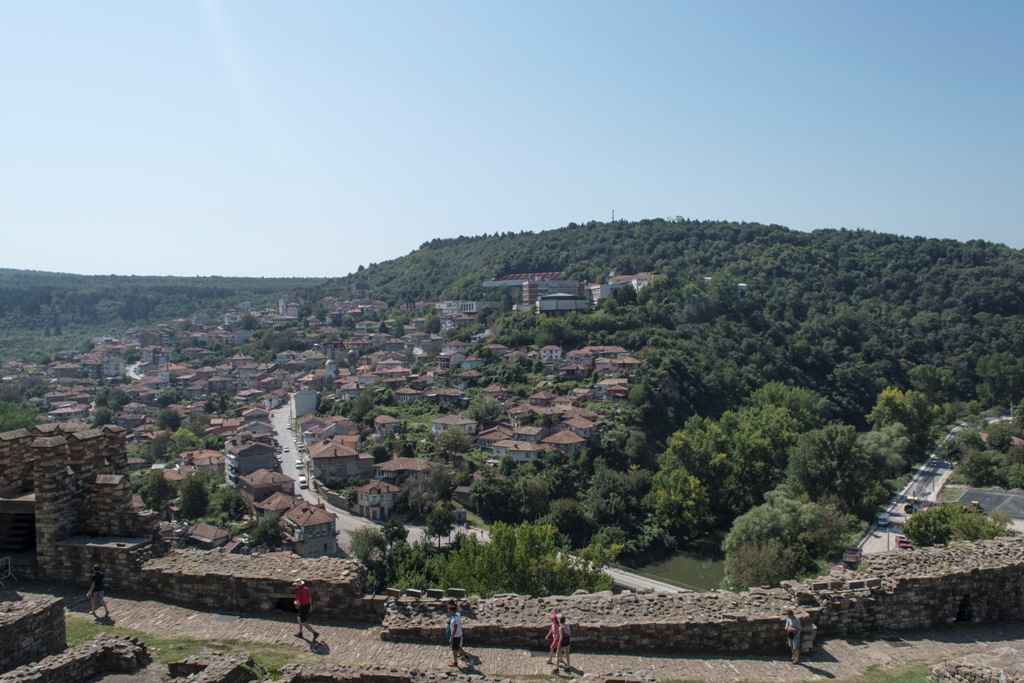
On the top of the hill is the patriarchate, a complex with an area of about 3,000 square meters (32,000 sq ft). The Patriarchal Cathedral of the Holy Ascension of God, built on the grounds of an Early Christian one, was reconstructed in 1981 and painted in 1985. The frescoes inside, painted in a striking modernist style rather than in the style of traditional Orthodox frescoes, depict conventional Christian subjects as well as glorious and tragic moments of the Second Bulgarian Empire. These pictures were taken inside the Cathedral.
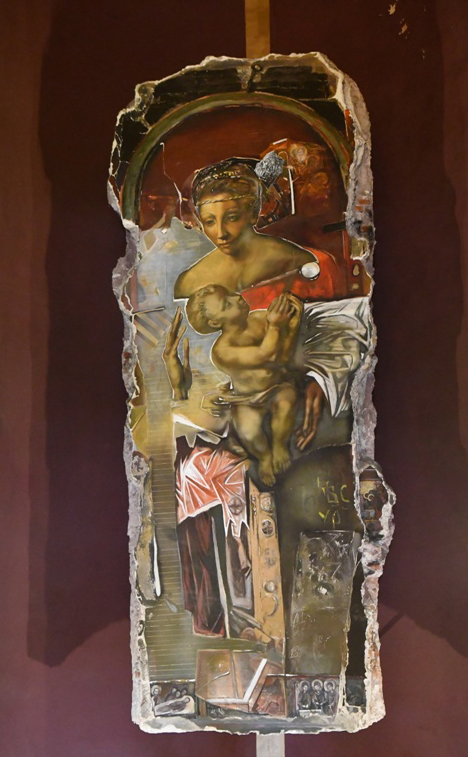
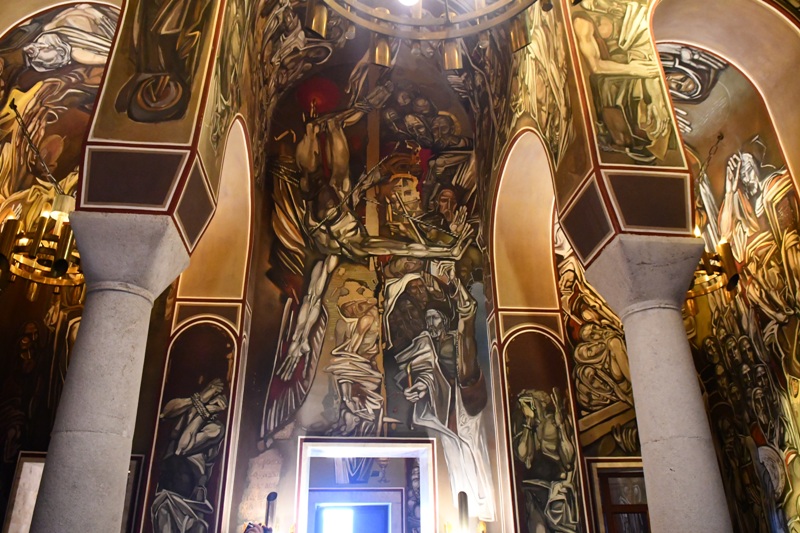
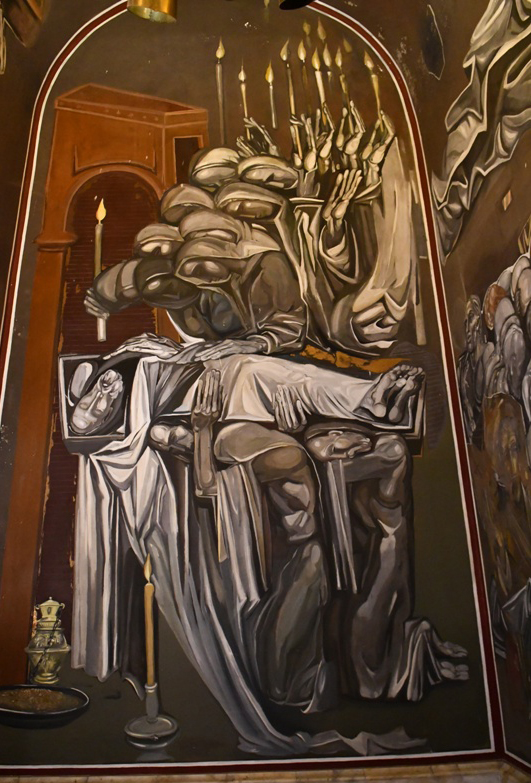
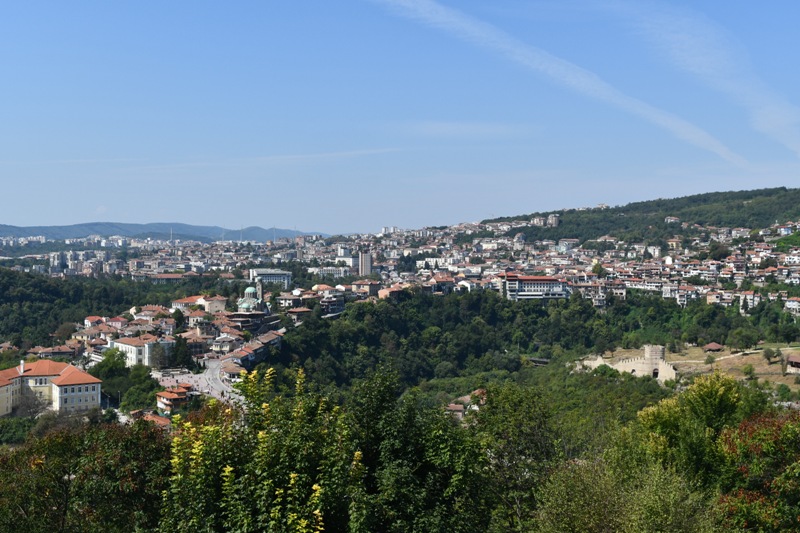
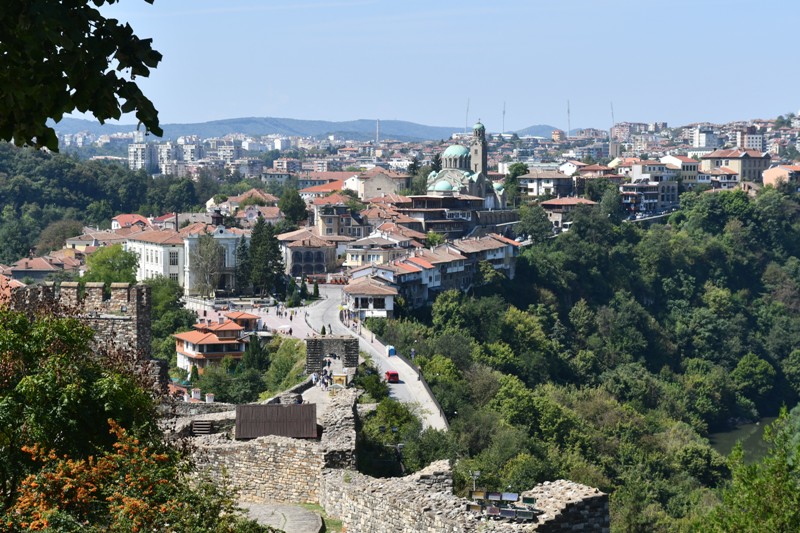
The main gate was at the hill's westernmost part, on a narrow rock massif, and featured a draw-bridge
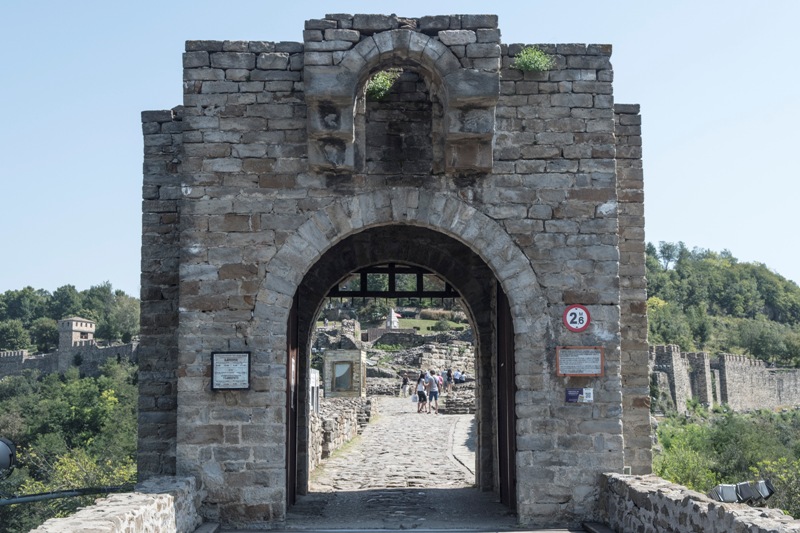
We then went to a restaurant where bread and salt is a traditional Bulgarian custom to express hospitality, showing that the guest is welcomed. The bread and salt is commonly presented to guests by a woman (obviously not in this case). Bulgarians usually make a certain type of bread for this occasion called pogacha, which is flat, fancy, and decorated. Regular bread is not usually used, although it may have been historically, but pogacha is much more common in this custom.
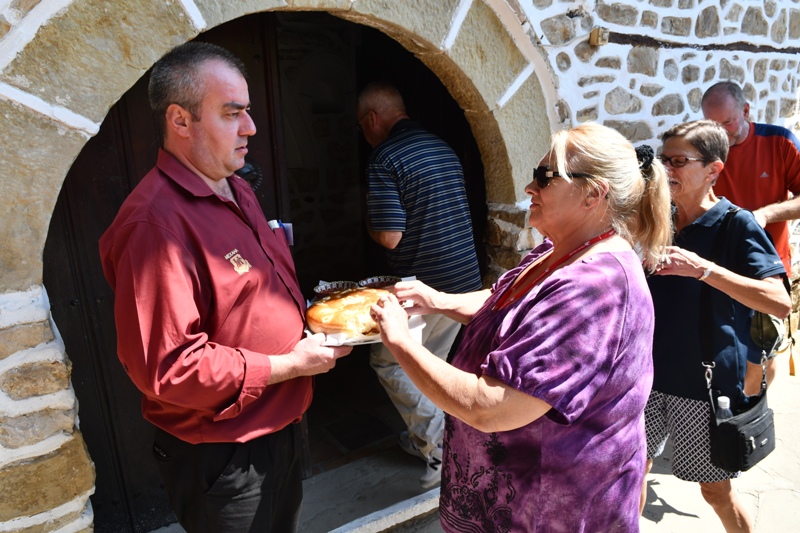
The guest is supposed to take a small piece, dip into the salt and eat it.
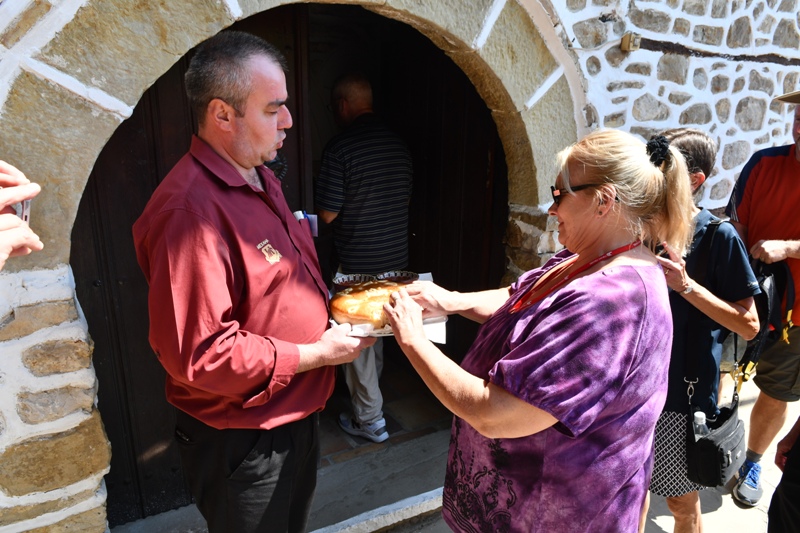
This custom is common for official visits regardless of whether the guest is foreign or Bulgarian. One notable example of this custom is when the Russians came to liberate Bulgaria from the Ottomans at the end of the 19th century. A common scene from that period was of a Bulgarian village woman welcoming Russian soldiers with bread and salt as a sign of gratitude.
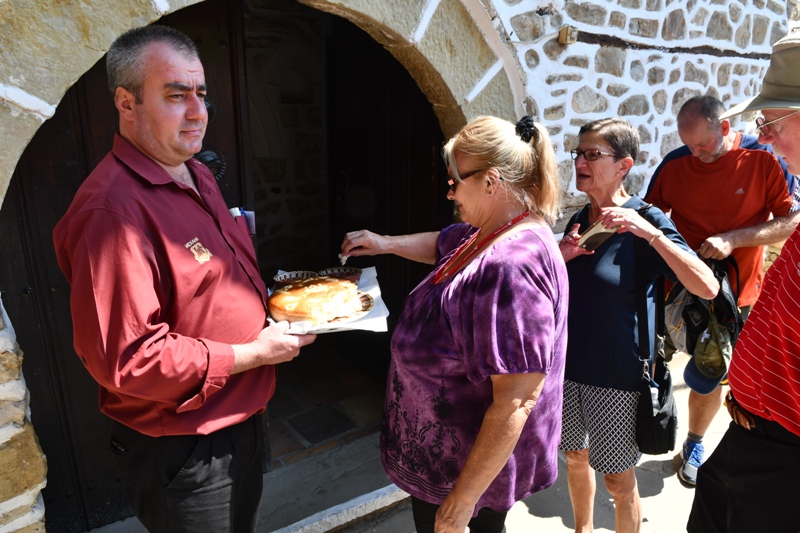
There was some traditional dancing to give us the flavor of their heritage.
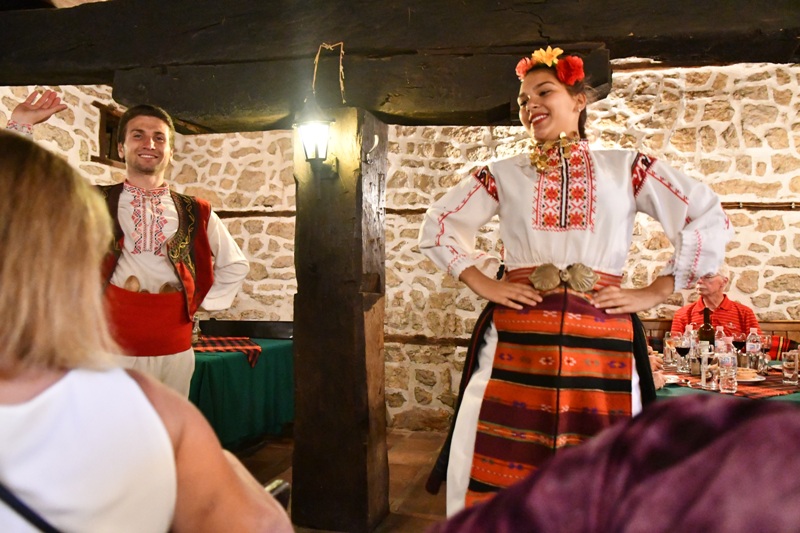
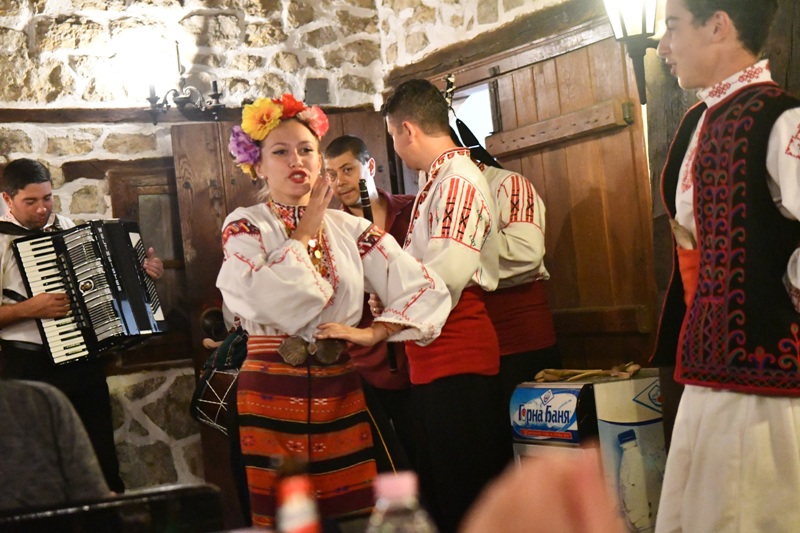
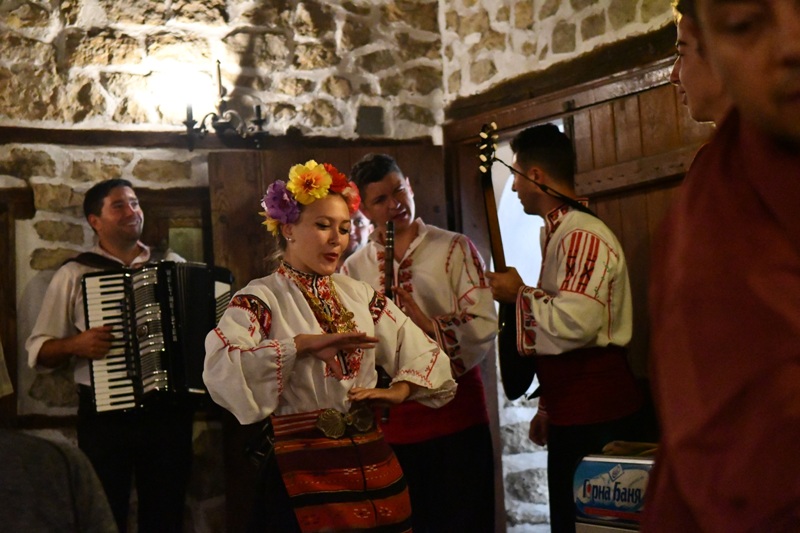
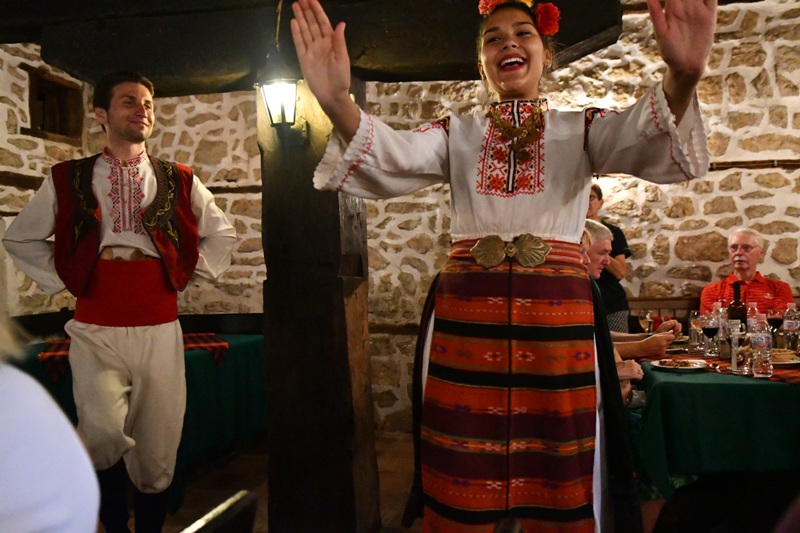
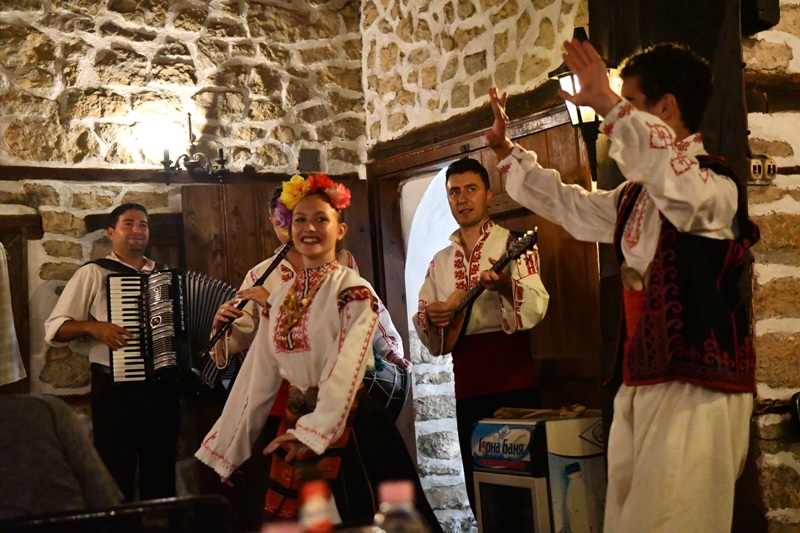
The Arbanasi Nativity Church was built in the 13th Century. This is the earliest and the most richly decorated church in the village of Arbanasi. It was built by stages. The oldest layer of wall-paintings is from the end of XVI c. It consists of a naos, a narthex, a gallery and a chapel dedicated to St. John the Baptist.
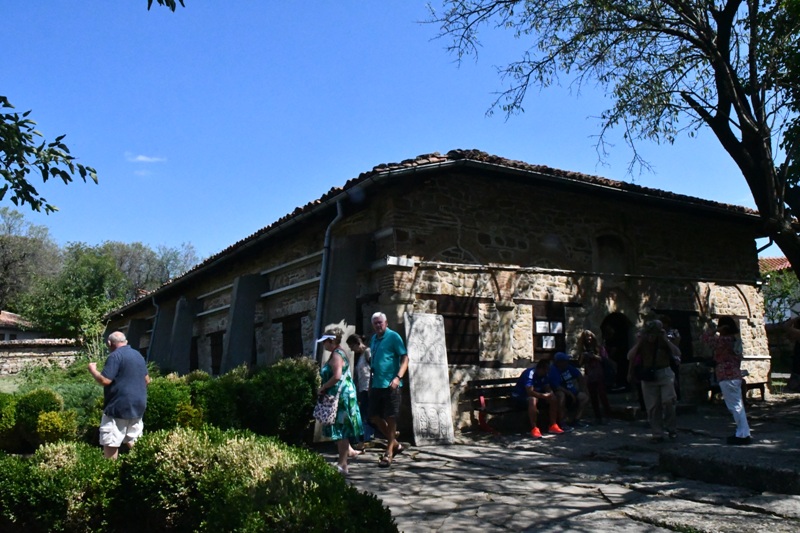
This was taken inside the church above. it was one of those "no pictures please" so there is only one picture of the inside.
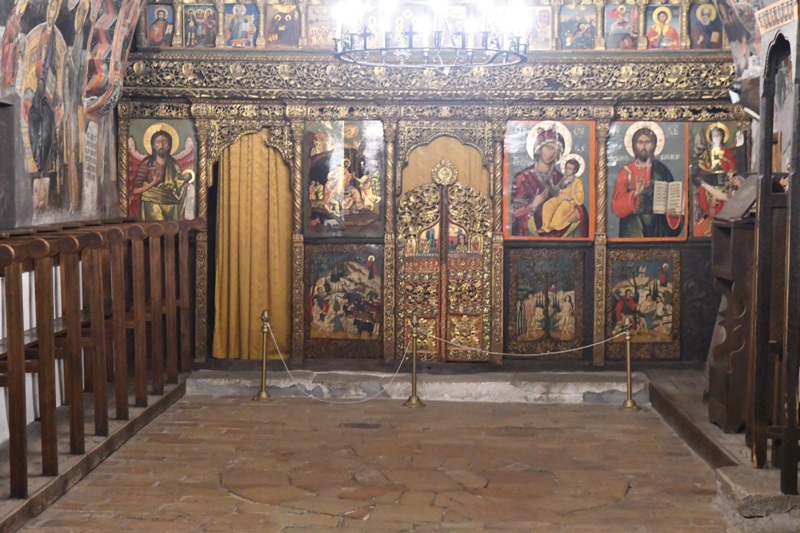
As you can see, it is long and does not have steeples or great gold to decorate the outside nor inside.
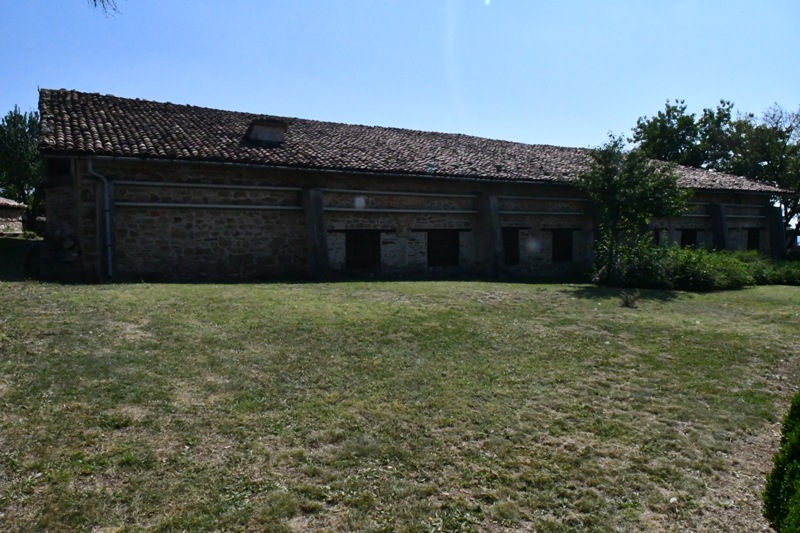
During the Ottoman rule the village of Arbanasi was exempt from the ruining taxes. This allowed its residents to dedicate themselves to craftsmanship and trade and, so, to live comfortably. As constant plunders were typical for that period, most of the two-storey houses had hiding places, barred windows and no terraces.
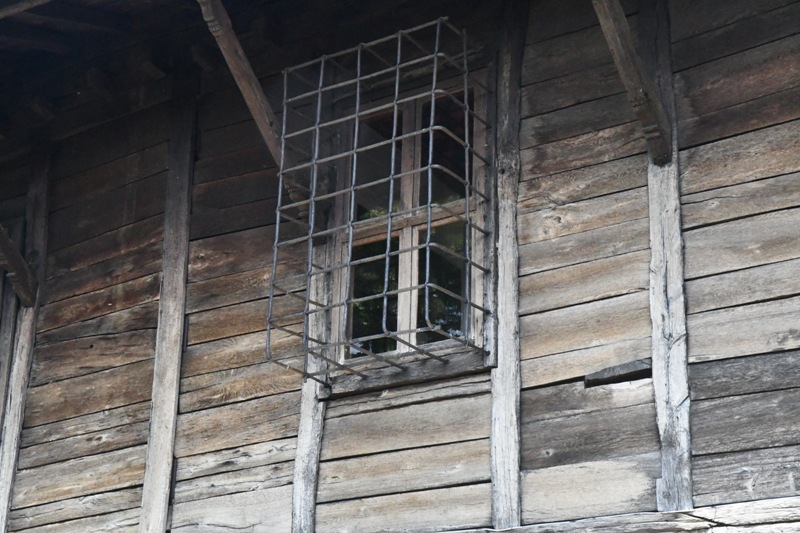
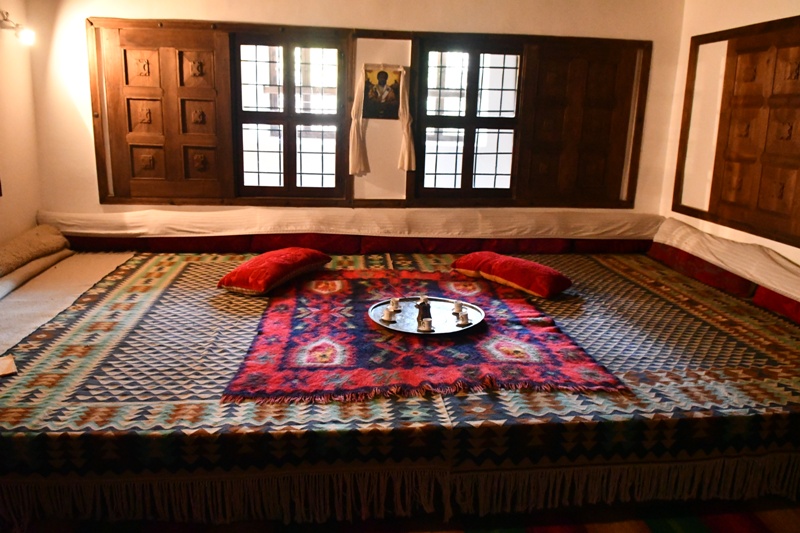
The rich houses did not remain unnoticed and in XVIII century the whole village was plundered and then ruined. In the following years it remained completely deserted.
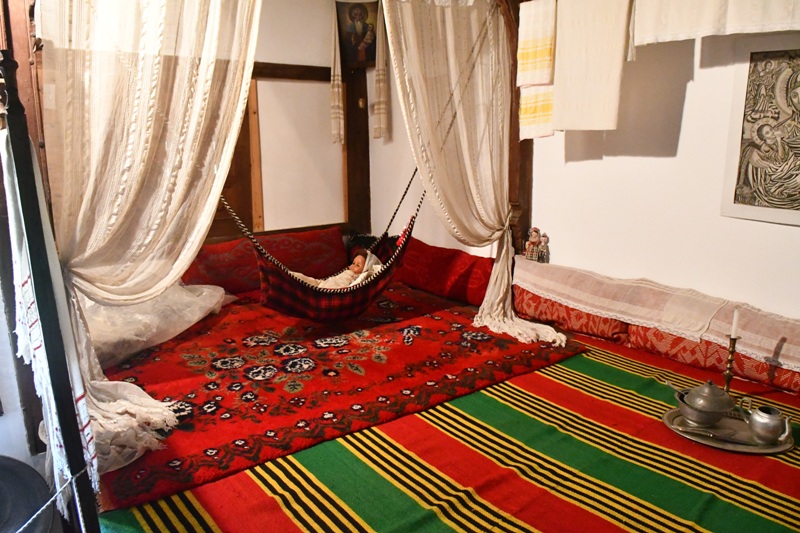
Well, after our tour, we are welcomed back by some of the crew of VIKING....if you look closely, one of the members should have reversed his letters...but the intention was well received by all our tour. Another thing to notice is how the ramp is inclined. We are really going down to the ship. Another real indication that the water levels of the Danube are low.
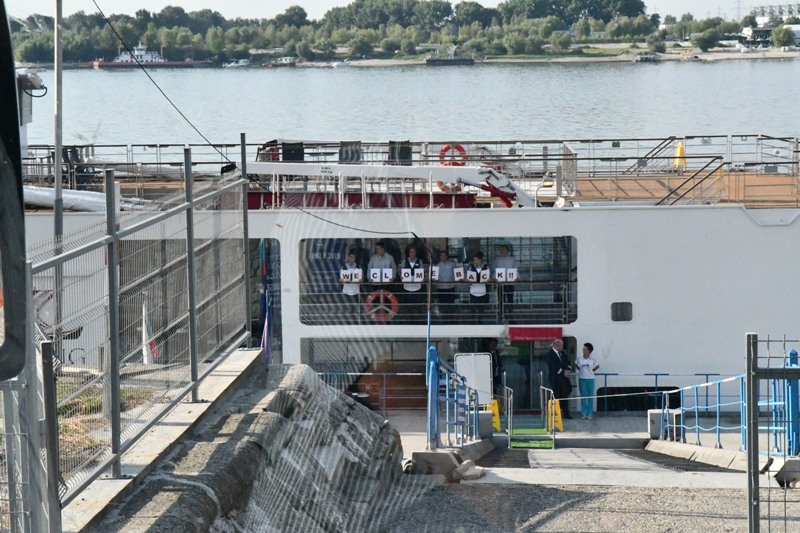
Who is that guy? hahah In the background is our bus.
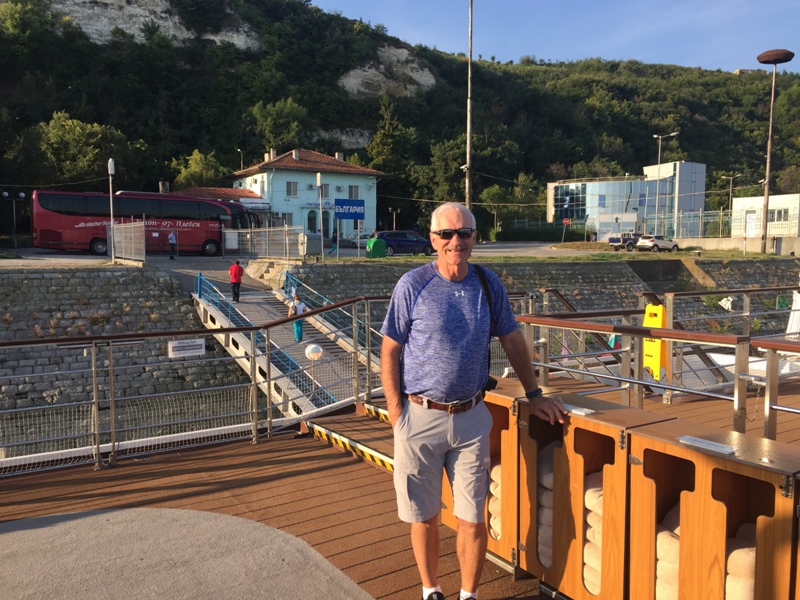
And we are off
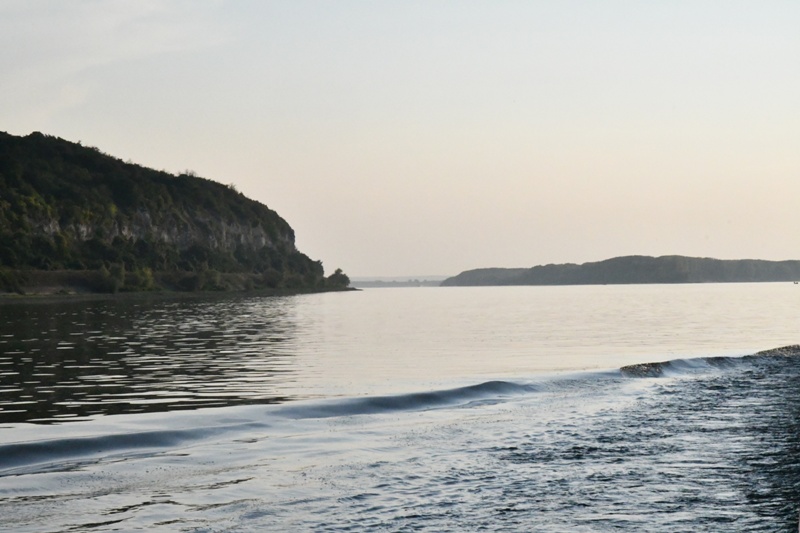
We have supper tonight and sometimes we dress up (a little) to give ourselves some fun time. Sharon is coming from the lounge (where we have social drinks and meetings) down to the main deck (where we also have our stateroom on the 2nd level) to where the dining hall is located. Supper on board the ship starts at 7PM and everyone eats at the same time though you have the option of having a more relax meal on the 3rd level (where Sharon is coming from) and you can sit outside or just nibble.
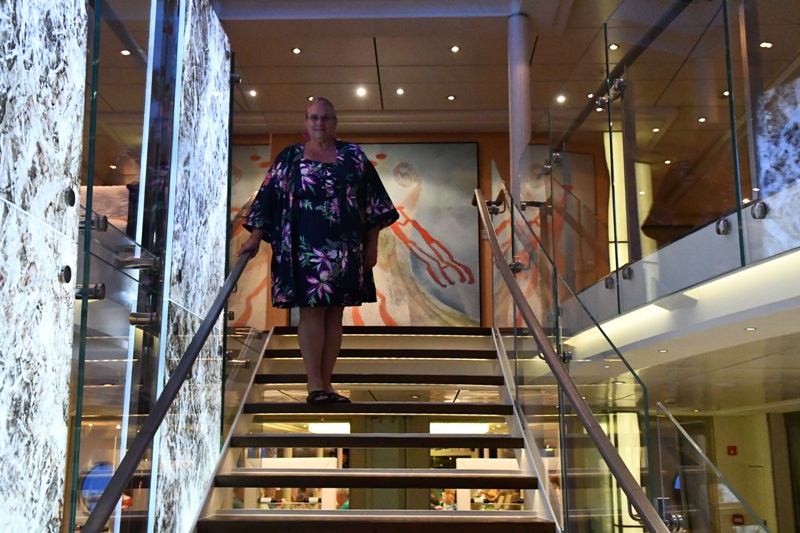

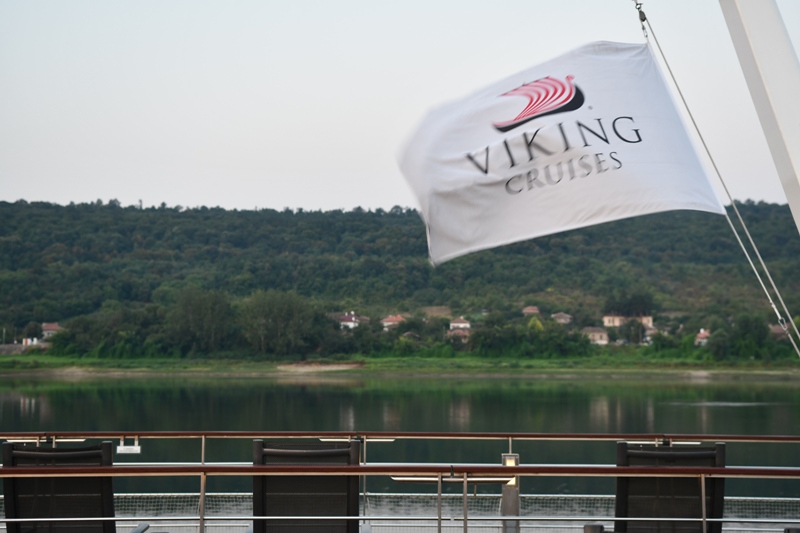
After supper and having a stroll on the upper deck
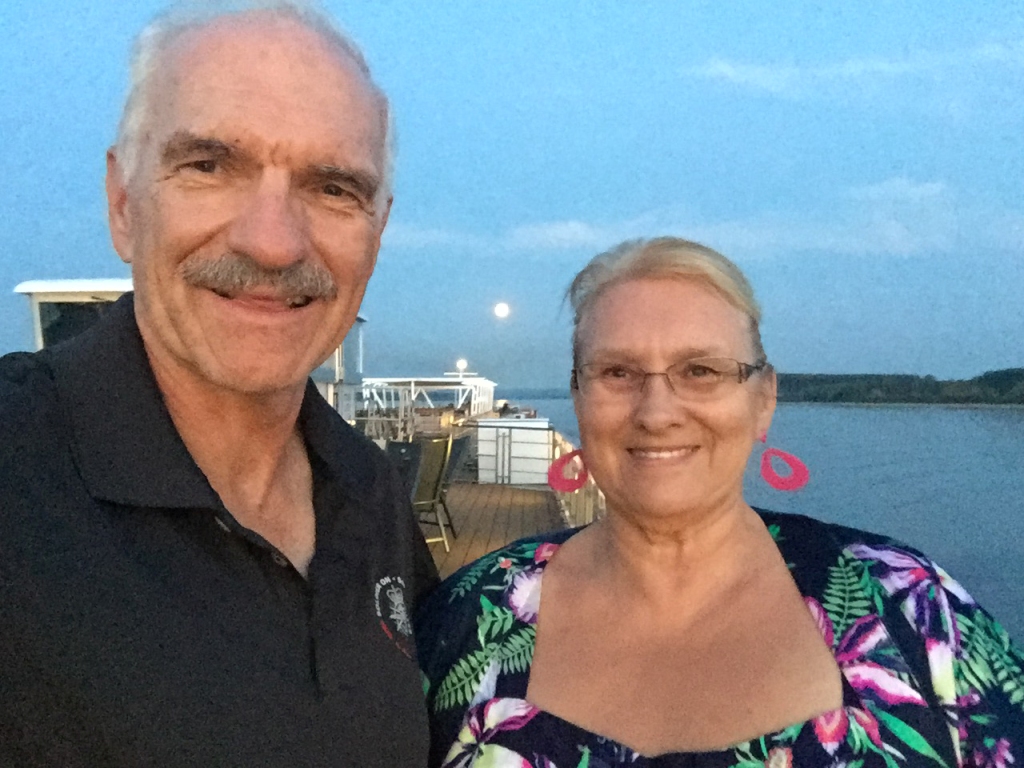
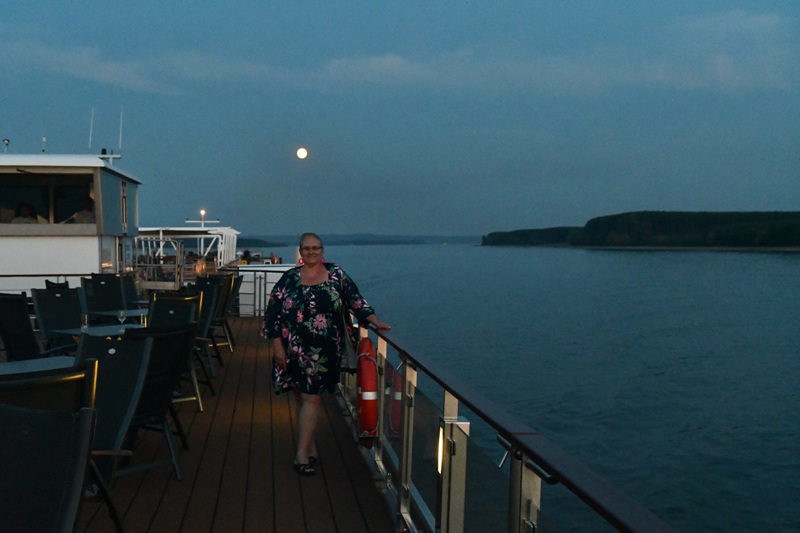
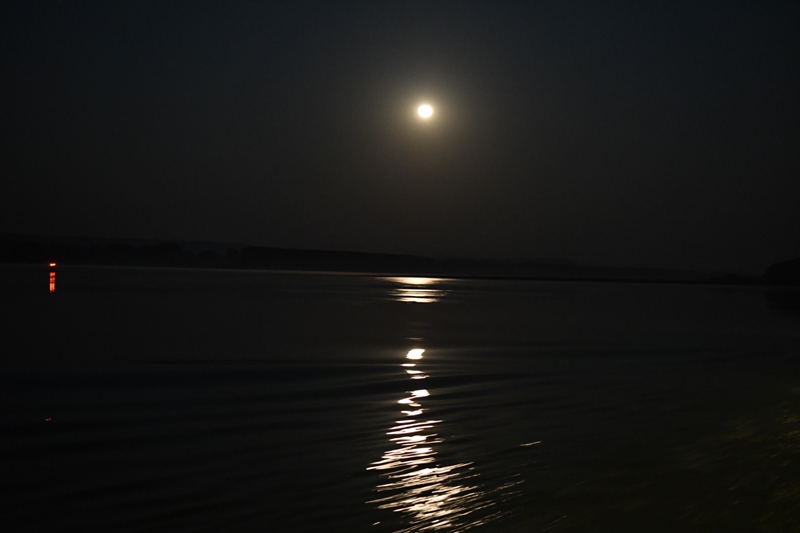
Back to Passage to Eastern Europe click here










